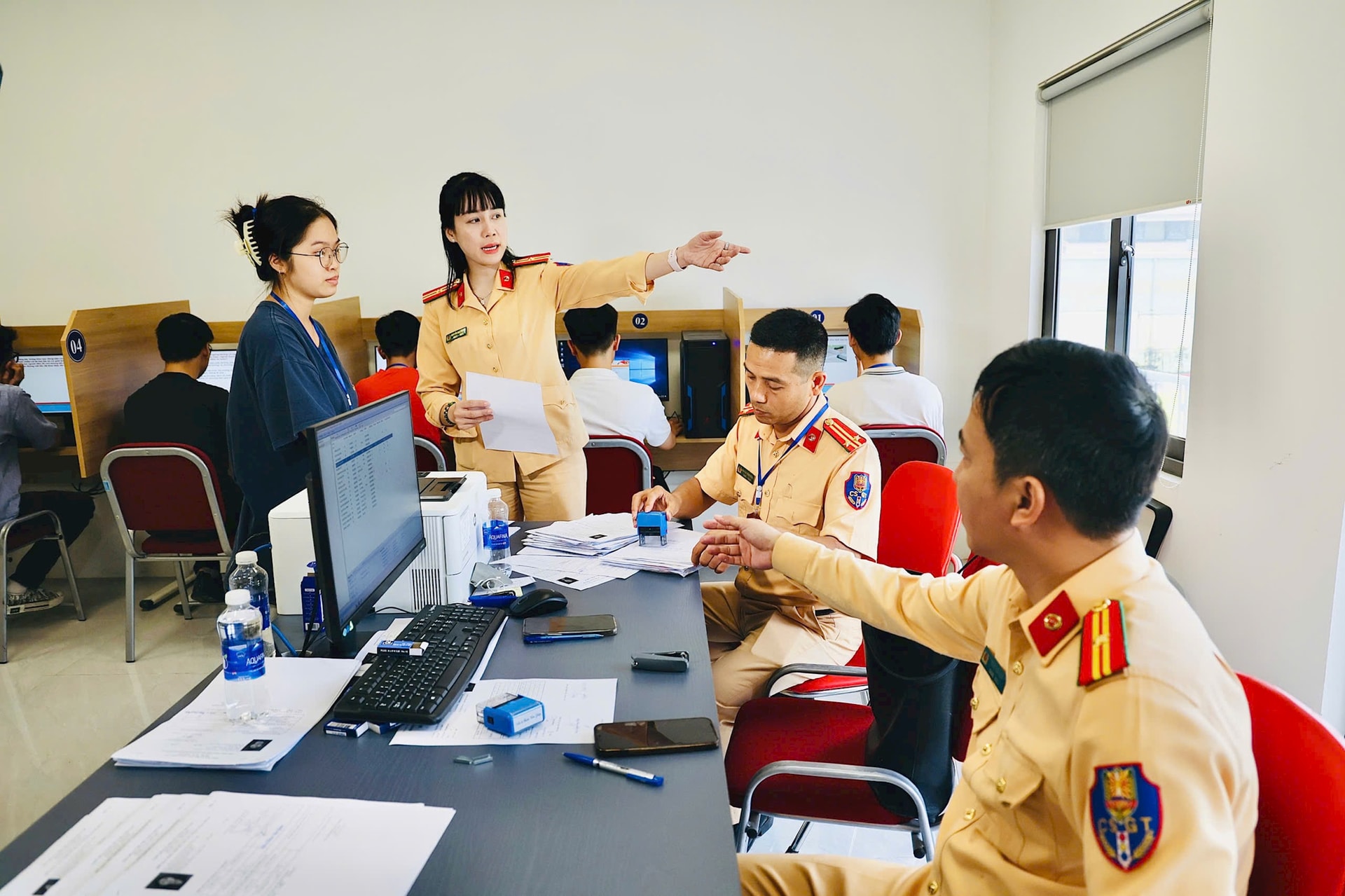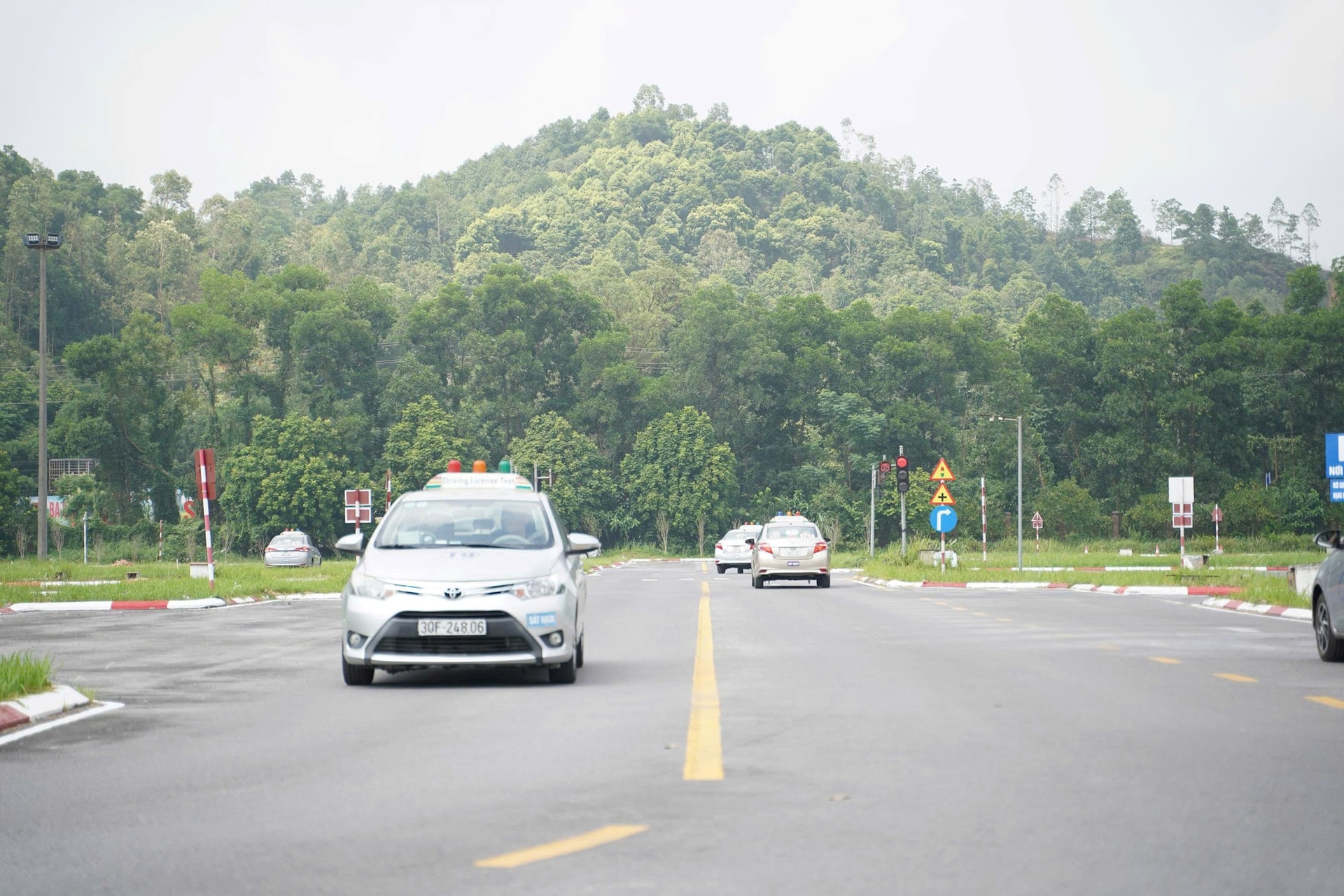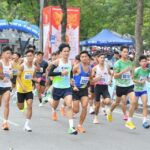Candidates can now choose the order of their test sections instead of following a fixed sequence as before, helping to reduce psychological pressure and maximize convenience for driver’s license applicants.
Five driver’s license examination boards were held simultaneously, including three for car licenses of various classes and two for A1 motorcycle licenses, with a total of over 1,720 participants.
At Hung Vuong Driver Training and Examination Center, nearly 300 candidates arrived early in the morning to take tests for class B driver’s licenses. This examination introduced a new feature allowing candidates to choose their test sequence (theory, simulation, practical, road test) instead of following a fixed order, helping reduce stress and improve convenience.
One candidate shared that receiving the test schedule nearly a month in advance allowed for thorough preparation. Being able to choose the test order helped maintain a comfortable mindset, building confidence after completing challenging sections.
At another examination center, over 500 candidates took tests for A1 motorcycle licenses. One participant successfully completed all requirements and received results by midday.

The Traffic Police Department maintains 4-5 examination boards daily, serving over 1,000 candidates across various license classes, with capacity to handle approximately 2,000 candidates during peak periods. Examination procedures ensure compliance with regulations, safety, and transparency, with close coordination between testing centers and training facilities.
Successful candidates receive their license numbers within about two hours after completing paperwork, which can be used for traffic participation via the VNeID app without requiring physical presentation.
The Traffic Police Department recommends using the Ministry of Public Security’s online public service portal for license conversion to save time and costs while avoiding unnecessary travel and waiting. The department will continue coordinating with training facilities and testing centers to maintain multiple examination boards meeting public demand.






